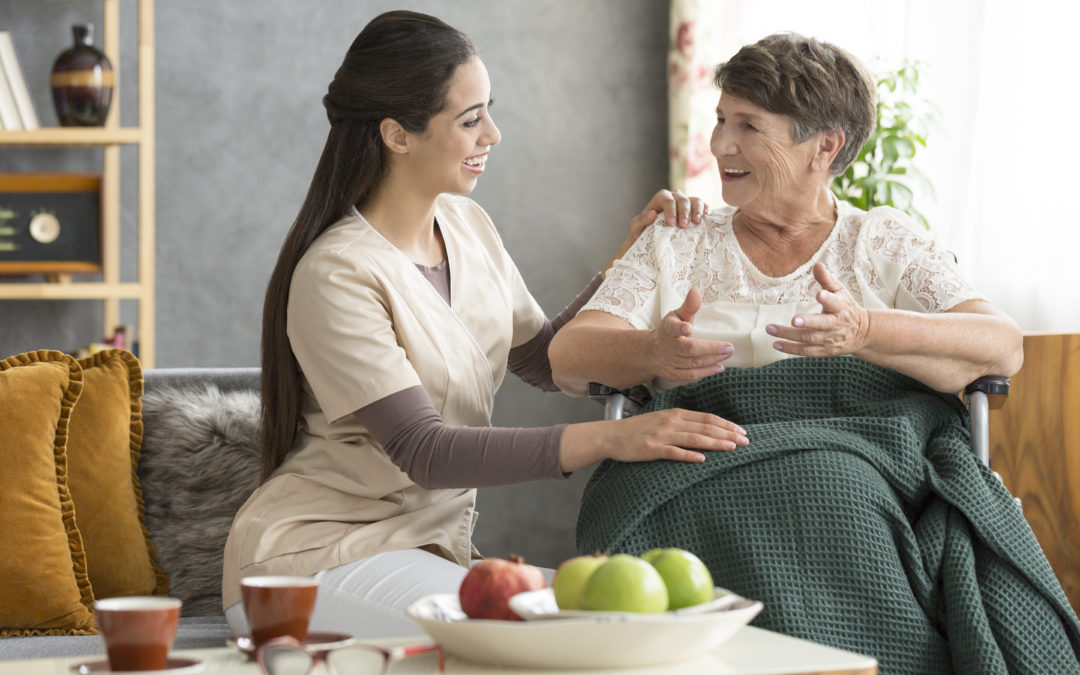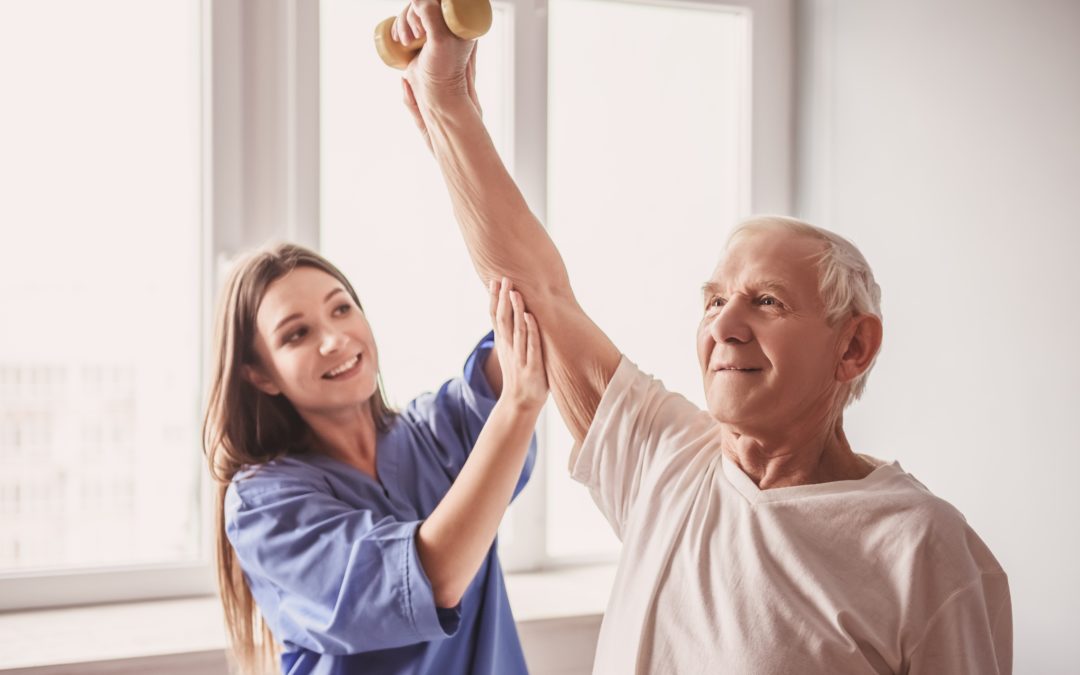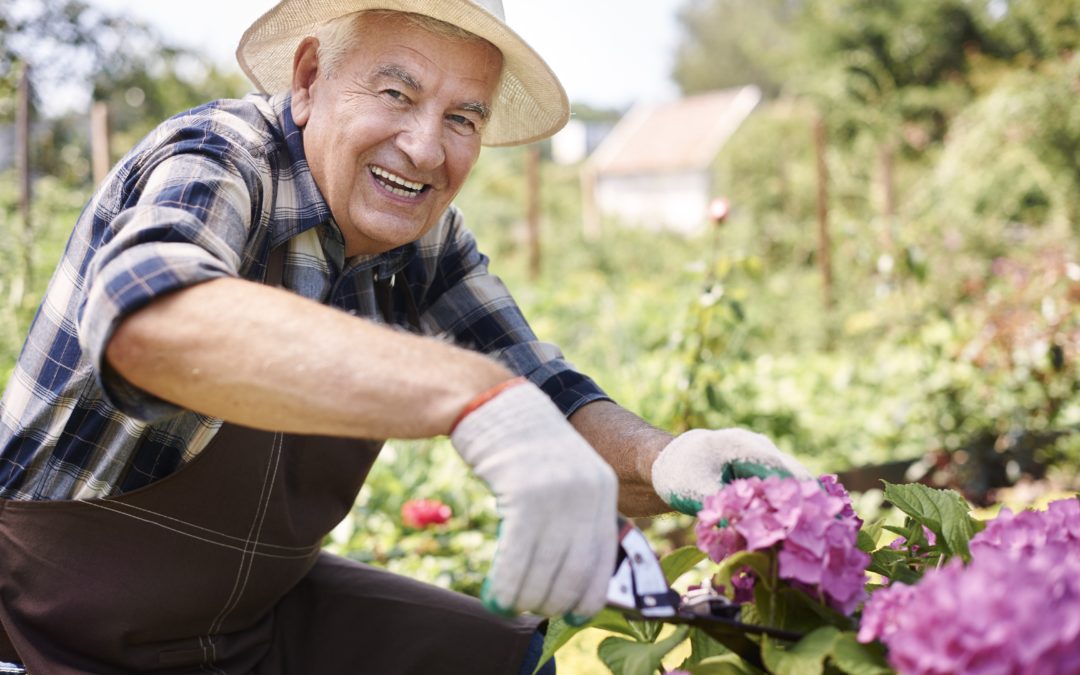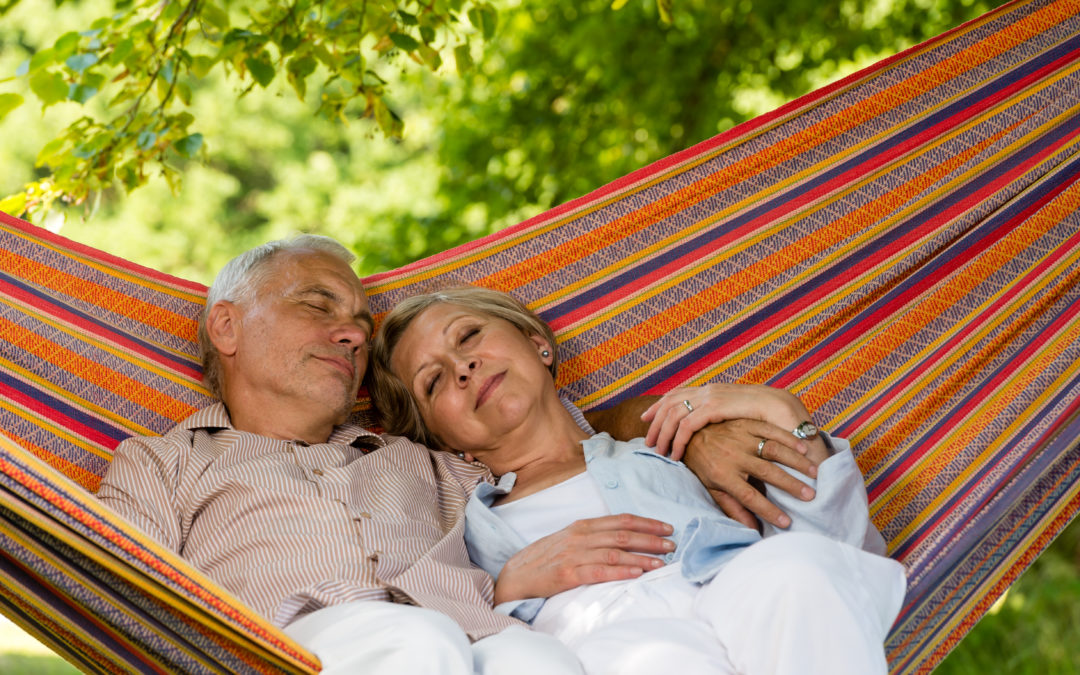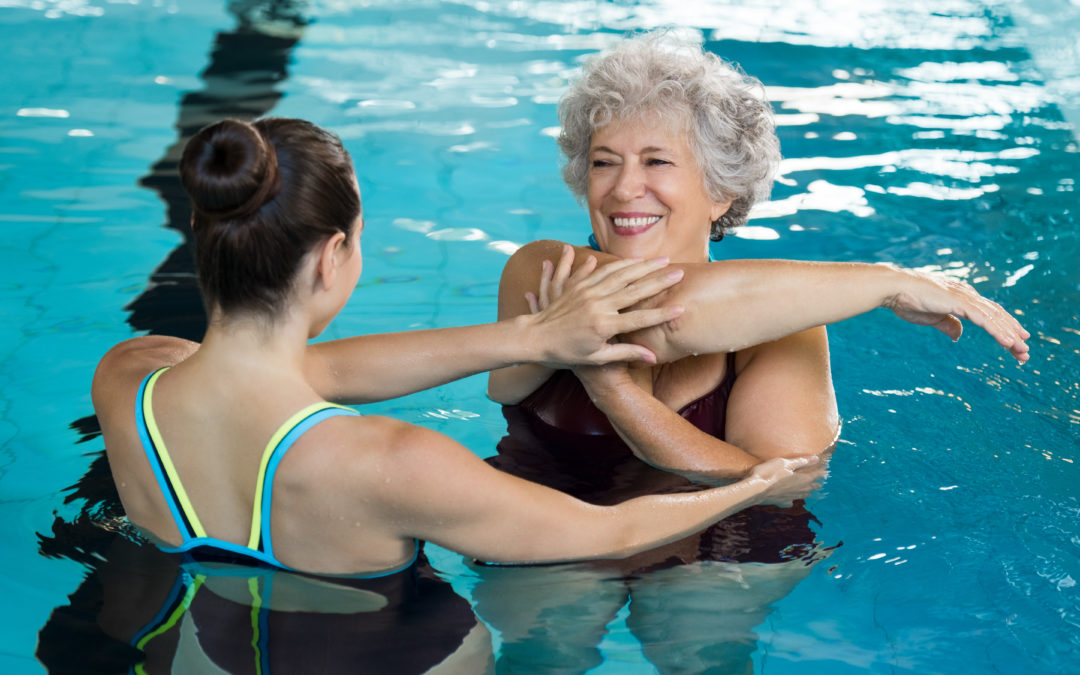
6 Benefits of Aquatic Therapy for Older Patients
At some point in our lives, we all need some physical therapy, particularly as we age. The older we get, the more brittle our bones, the less flexible our muscles, and the more tenuous our balance becomes. In that case, the gentle, safe, restorative qualities of aquatic therapy exercises in the water can make all the difference between recovery and ongoing physical limitations and pain.
6 Benefits of Aquatic Therapy for Older Patients
There are many benefits to employing an aquatic physical therapy regime. Let’s consider the big ones:
1. The Effects of Buoyancy
Because we are lighter in water than in air, standing in water places less strain on our bones, muscles and connective tissue. Standing in shoulder-level water reduces effective weight by 90%. The reduction in the force of gravity is particularly helpful to patients who struggle with weight-bearing activities, such as those with joint pain, recent bone fractures, arthritis or excessive weight.
2. Increased Resistance
At the same time, water’s higher density provides more resistance to movement, allowing patients to build more strength and flexibility. Water provides natural and safe resistance, compared with free and pulleyed weights often used outside the water. The continuous exertion required for movement in water contributes to toning atrophied muscles by requiring the involvement of many more muscle fibers.
3. The Safety of Water
Patients unsteady on their feet cannot easily fall and get hurt. With water therapy, those who do lose their footing can be easily righted, where their effective weight is a fraction of that on land, thus reducing the risk of falls and injury. The psychological comfort of immersion in water boosts confidence and allows leery patients to enjoy their therapy.
Warm water provides pain relief, improves flexibility and soothes muscles by increasing the blood supply and promoting relaxation. Aquatic therapy is usually performed in pools at 92-96 degrees, a temperature range perfect for patients with chronic back pain and muscle spasms. The heat dilates blood vessels, improving circulation and removing lactic acid – the source of soreness.
4. The Wonders of Hydrostatic Pressure
By exerting pressure in all directions against the body when immersed, and conforming to the shape of the body, water forces the heart and lungs to work harder. A short workout in water, though gentler and safer, can improve cardiovascular health and have the therapeutic value of a longer workout outside the water.
Hydrostatic pressure also provides water with a massaging quality, by compressing aching muscles to reduce spasms and relieve chronic pain.
5. Water Facilitates Good Form
Because of its higher resistance, water slows everything down and allows the brain time to better process muscular movement. Slower, more cognitively-involved movement helps facilitate good technique through a full range of motion. Slower forms of exercises also protect joints from becoming injured.
6. Better Patient Compliance
Rehabbing in water is more fun than on land and less fraught with the perils of falling. Patients often look forward to aquatic therapy sessions and are willing to rehab for longer in water. This psychological element of an improved mood and reduced anxiety should not be discounted: a patient’s frame of mind is an important component of their progress
Nye Health Services – Aquatic Therapy in Fremont, NE
Nye Health Services has five communities in Eastern Nebraska, structured to meet the needs of their residents from independent living to skilled nursing, memory care, and now home care services. A family-owned company with a rich history of connecting with the people they serve, Nye Health Services is open for visits anytime. Call 402.753.1400 to schedule an appointment at locations in Fremont, Lincoln, Norfolk, or visit NyeHealthServices.com for more information.
Nye Health Services Award-Winning Campuses & Services
Nye Health Services · 750 East 32nd Street · Fremont, Nebraska 68025 · 402.753.1400 · Privacy Policy | XML Sitemap


